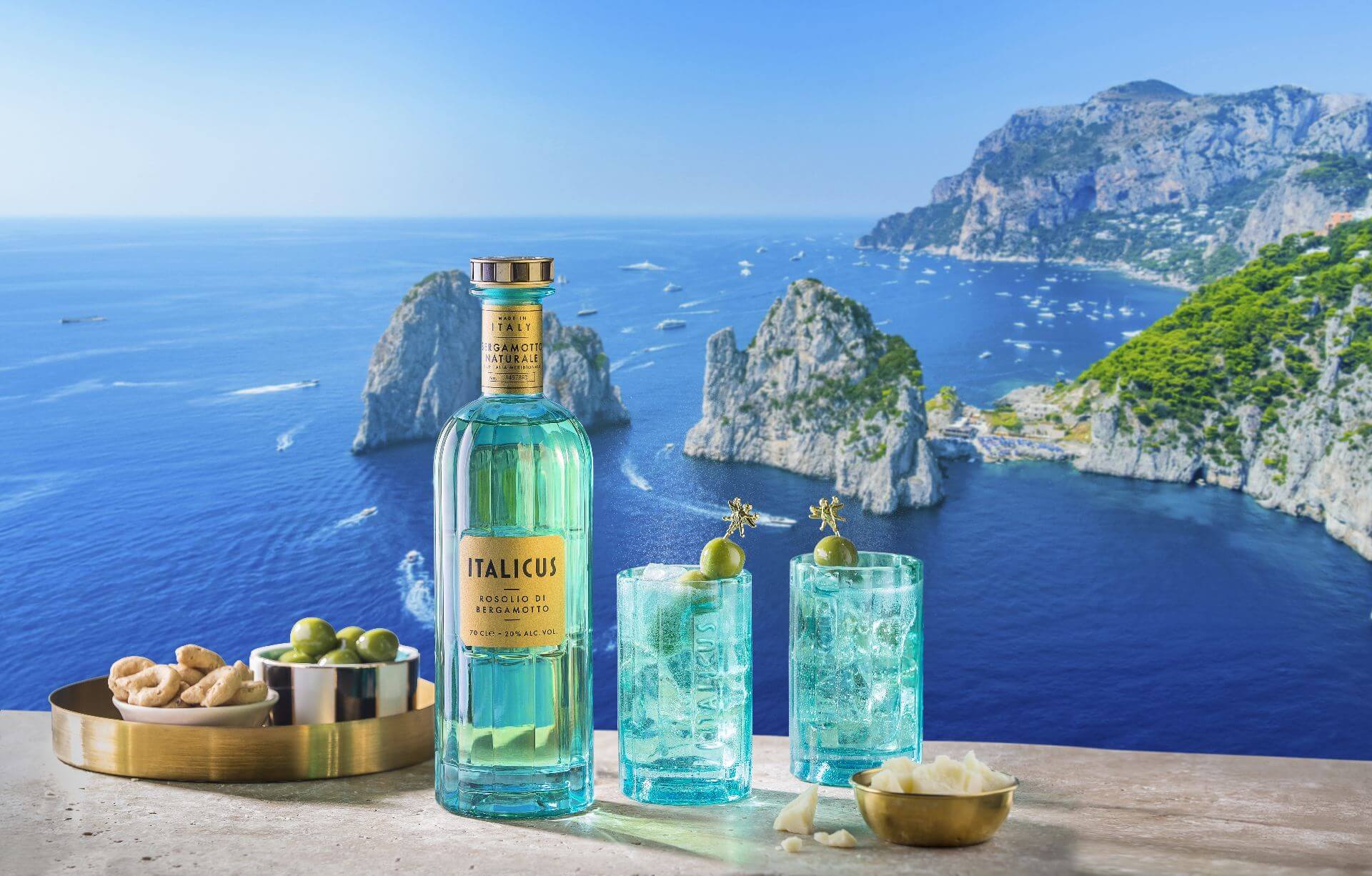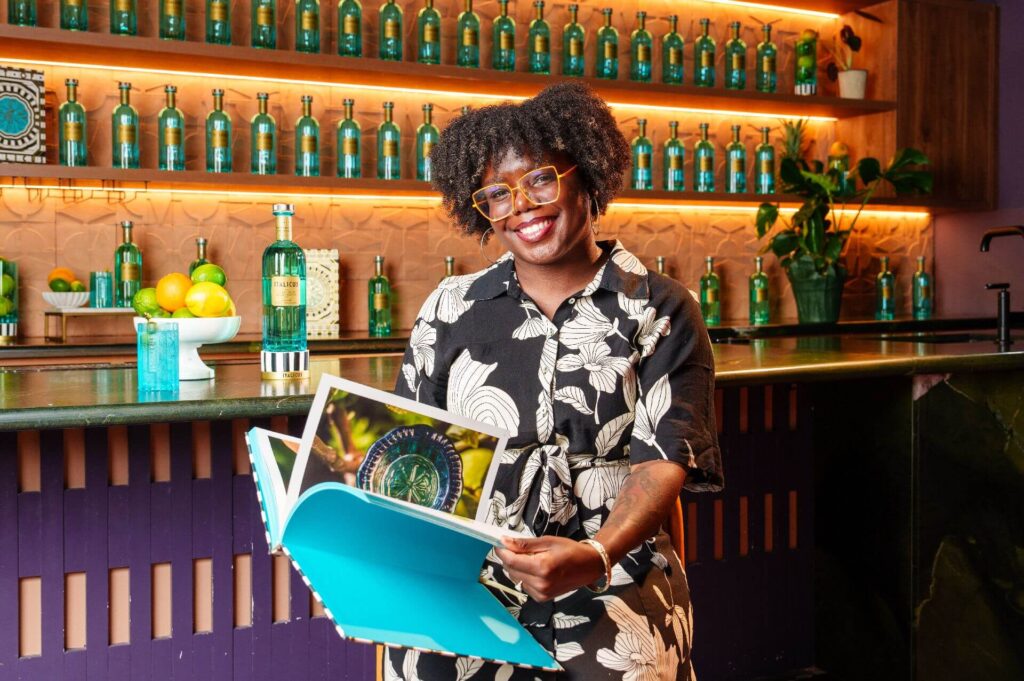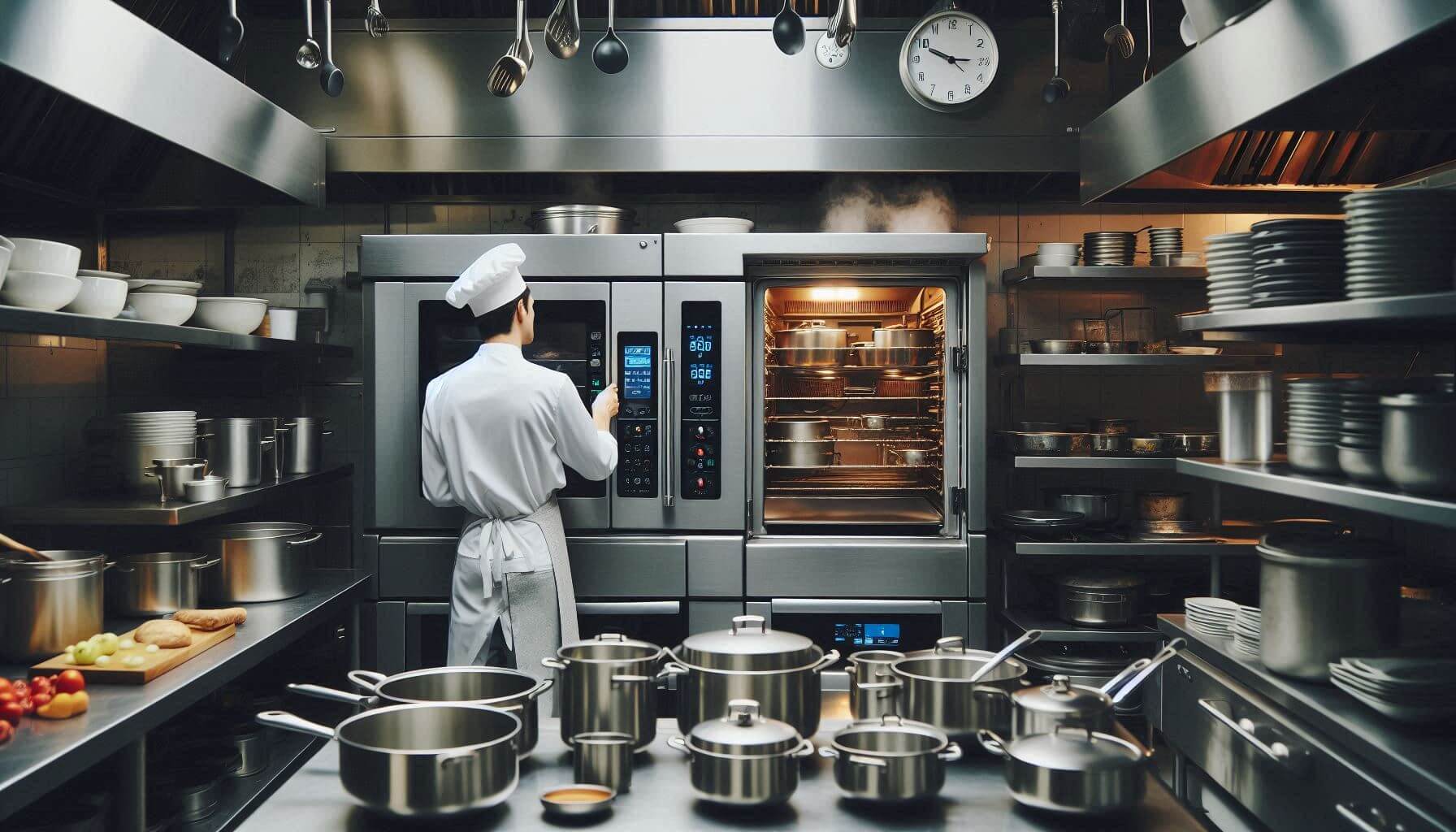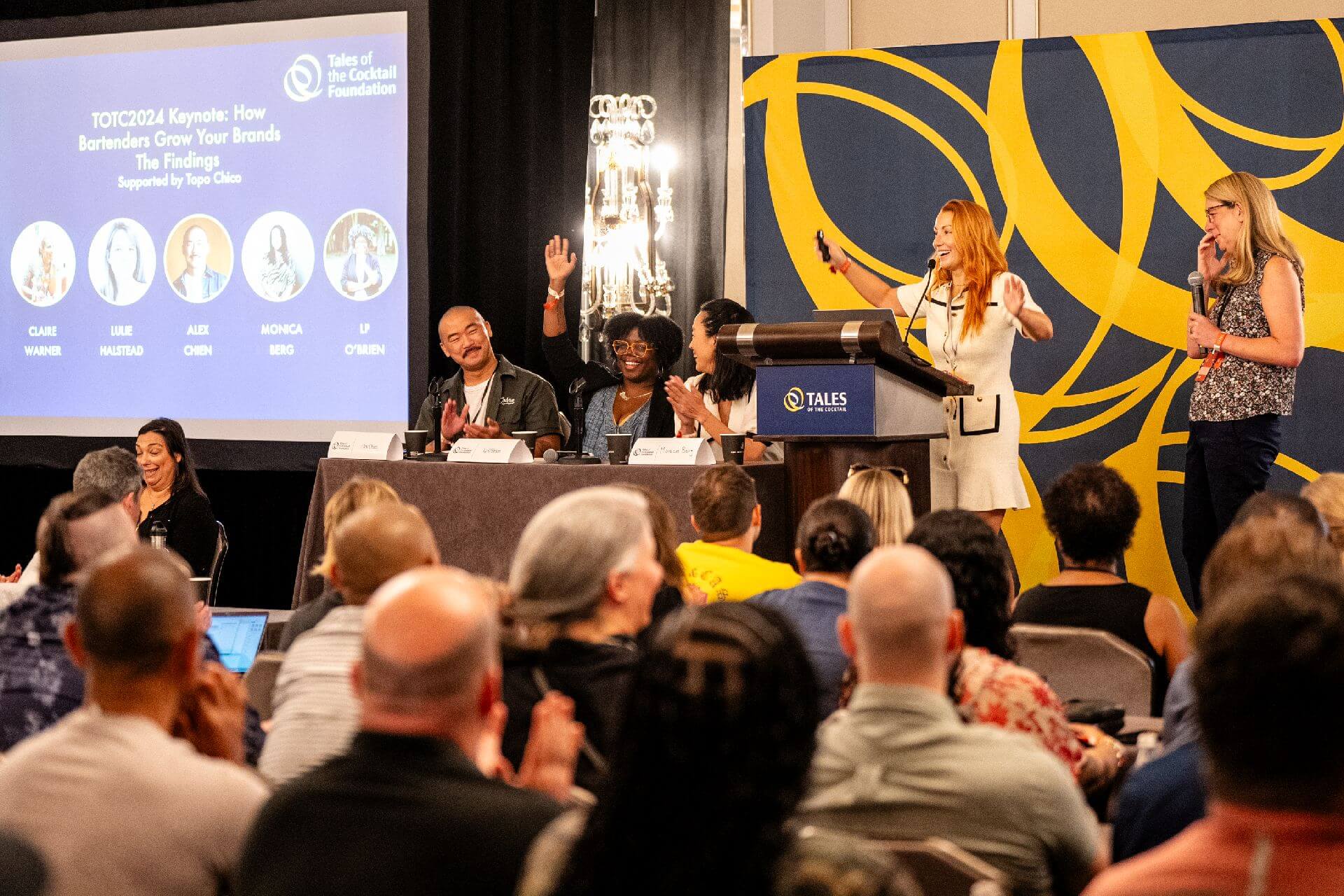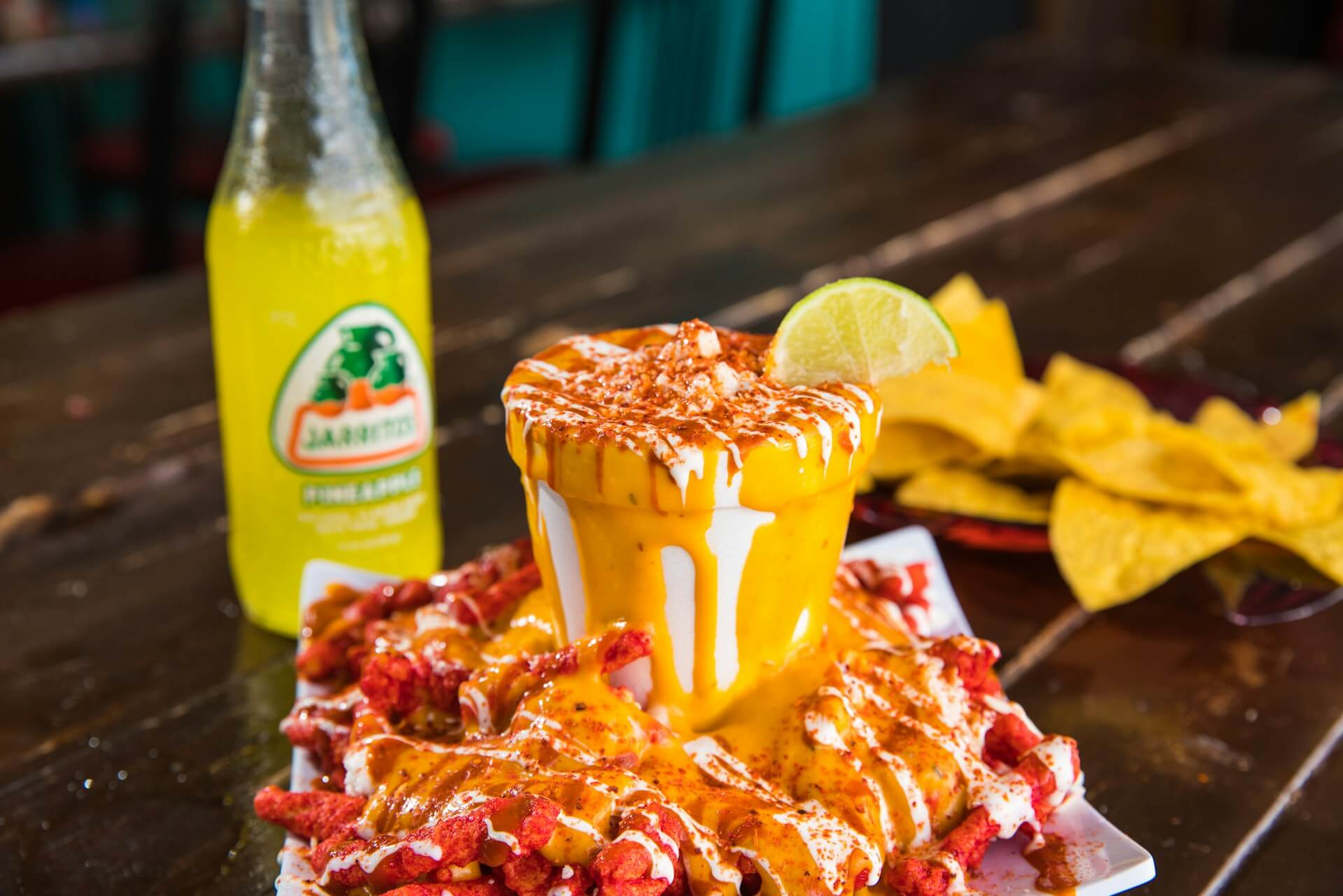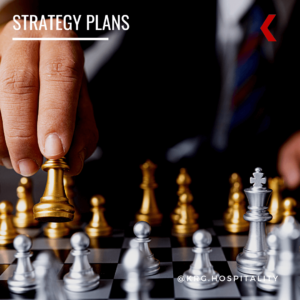The Evolution and Impact of Tourist Traps
by Doug Radkey

AI images are improving at an alarming rate.
For many reading this, I am sure the term “tourist trap” conjures images of overpriced souvenirs, subpar dining experiences, and crowded attractions.
I had an interesting experience with my daughter in Niagara Falls, Ontario, Canada, recently. After reflecting upon it, I thought it would be a good time to explore how tourist traps, particularly restaurants, have evolved over time.
This includes their impact on local economies, changing traveler perceptions, and strategies for developing more authentic experiences.
The Evolution of Tourist Traps
The term “tourist trap” originated as a descriptor for businesses or locations that exploit travelers by offering overpriced goods and services, often with low quality or minimal value.
The concept dates back to the early days of tourism when travelers, unfamiliar with local customs and pricing, were easy targets for less-than-scrupulous vendors. Tourist traps were characterized by their strategic placement near popular attractions, capitalizing on high foot traffic and the desire of visitors to experience something unique or memorable.
Early tourist trap restaurants were notorious for their inflated prices and subpar offerings. These establishments often lured tourists in with flashy signage, gimmicky themes, or promises of local cuisine, only to deliver mediocre food and service.
For instance, restaurants near iconic landmarks like the Eiffel Tower in Paris or Times Square in New York City became known for their exorbitant prices, poor quality meals, and lackluster service. These venues capitalized on their prime locations, knowing that many tourists were willing to pay a premium for the convenience and the experience of dining near a famous site.
Further, the evolution of tourist traps has been significantly influenced by globalization and the rise of mass tourism. As travel became more accessible and affordable, an increasing number of people from diverse backgrounds began exploring popular destinations. This surge in global tourism created a lucrative market for businesses catering to tourists, leading to the growth of tourist traps around the world.
Trap to Destination?
In response to changing consumer preferences, some tourist traps have evolved to offer more polished and refined experiences while still maintaining high price points.
Modern tourists are often more discerning today and seek authenticity, quality, and unique experiences. To cater to these demands, some tourist traps have rebranded themselves, focusing on improved aesthetics, service quality, and curated experiences.
For example, many historical tourist trap restaurants have undergone renovations to offer upscale dining experiences, complete with gourmet menus and stylish interiors. While these establishments still target tourists, they attempt to justify their premium prices by providing a more sophisticated ambiance and higher-quality offerings. In this way, they begin to evolve from tourist traps to destinations.
However, despite these improvements, the underlying business model often remains the same: capitalizing on tourists’ willingness to pay extra for convenience, and the allure of a trendy or iconic location.
As tourism continues to grow, the challenge for travelers will be to distinguish between genuinely enriching experiences and those that are merely polished traps for their money.
On the flip side, the opportunity for operators is there to curate a concept and brand that delivers on the true promise of an experience, even with higher prices, by providing perception of value and quality service.
Impact on Local Economies
Tourist traps, despite their often-negative connotation, do have a significant impact on local economies in both positive and negative ways. While they can be vital sources of revenue and employment in popular tourist destinations, they also come with drawbacks that can affect the local community and economy.
Revenue Generation
Tourist traps are frequently positioned in areas with high foot traffic, such as locations near landmarks, natural wonders, and cultural sites.
These businesses capitalize on the influx of tourists, generating substantial revenue through the sale of goods, services, and experiences. This influx of tourist dollars can be a major economic boon for regions that rely heavily on tourism, providing a steady stream of income that supports local infrastructure and public services.
Job Creation
The presence of tourist traps often leads to job creation, as these brands require staff for various roles.
This employment can be particularly valuable in regions with limited job opportunities, offering work to locals who might otherwise struggle to find employment.
Contributions to Local Tax Revenues
In many cases, the taxes generated by tourism-related businesses help maintain and develop the very attractions that draw visitors to the area, creating a symbiotic relationship between tourism and community development.
Economic Leakage
One of the major criticisms of tourist traps, however, is economic leakage, from which a significant portion of the money spent by tourists leaves the local economy.
This often occurs when tourist trap businesses are owned by large corporations or non-local entities. This leakage can be particularly detrimental in areas where the local economy is heavily dependent on tourism.
Driving Up Prices
As businesses target tourists who may be willing to pay premium prices, the cost of living in popular tourist areas can increase.
This phenomenon, often referred to as “tourist inflation,” can make it difficult for the local residents to access affordable housing, groceries, and other essential goods.
Crowding-Out Effect
As tourists flock to well-known attractions and establishments, smaller, locally-owned businesses may struggle to compete.
This can result in a loss of cultural diversity and authenticity, as traditional shops, restaurants, and artisans on the outskirts of the tourist area are pushed out in favor of more commercially successful (and convenient) tourist traps.
Changing Perceptions of Travelers
The traditional appeal of tourist traps—often characterized by easily accessible, heavily marketed attractions with high prices and standardized experiences—has waned in recent years.
Modern travelers are increasingly seeking authenticity and immersion, favoring genuine connections with local culture and experiences rather than conventional tourist offerings. This shift has led to a growing demand for unique and meaningful experiences that go beyond the superficial allure of traditional tourist traps.
Rather than flocking to the most popular attractions, they are more inclined to explore local neighborhoods, dine at lesser-known eateries, and participate in cultural activities that provide a more genuine understanding of the place they are visiting.
This trend reflects a broader desire for meaningful travel, where the journey is not just about sightseeing but also personal growth and cultural exchange.
The preference for immersive experiences has also led to an increased interest in activities such as cooking classes, guided cultural tours, and community-based tourism initiatives. These experiences often provide travelers with hands-on opportunities to learn, and participate in local traditions, offering a deeper connection to the destination.
Experiential Travel
The shift in traveler preferences over the past few years has given rise to travel companies that specialize in experiences that are off the beaten path. These experiential companies curate unique itineraries that focus on lesser-known attractions, local interactions, and culturally enriching activities.
For example, companies like Airbnb Experiences and G Adventures offer travelers the chance to explore hidden gems and participate in local customs, far removed from the typical tourist circuit. These experiences cater to travelers who want to avoid the crowds and discover the authentic essence of a place.
Travelers are becoming more conscious of their impact on the destinations they visit. An understanding of cultural sensitivity and sustainable tourism have also gained prominence. Modern tourists are increasingly aware of the negative consequences of mass tourism, such as environmental degradation, cultural commodification, and the displacement of local communities.
As a result, they seek out travel experiences that align with their values, emphasizing respect for local customs and traditions, as well as environmental stewardship.
The shift in traveler perceptions has redefined the concept of tourist traps, and reshaped the tourism industry. Growing demand for authentic and immersive experiences has led to a decline in the appeal of traditional tourist traps, and a rise in alternative forms of travel.
This evolution presents an opportunity for destinations to reimagine their tourism offerings, moving away from the superficial and towards the authentic and transformative.
Personal Experience: Niagara Falls Tourist Trap Restaurant
What inspired this article? On a recent trip to Niagara Falls, a notorious hotspot for tourist traps, my daughter insisted on visiting a well-known restaurant famous for its jungle-like atmosphere.
Despite knowing it was a classic tourist trap, I decided to indulge her curiosity and give it a try. The restaurant’s marketing promises an immersive experience with animatronic animals and lush decor, creating an exciting adventure for families.
However, the reality of the experience fell far short of these expectations.
Upon arrival, we were seated at the furthest table from the main animatronics, which are one of the primary attractions of the restaurant. This placement diminished the ambiance and excitement we were hoping to experience.
The food itself was another disappointment. We ordered a standard burger and fries, as well as fish and chips, both presented in basic diner baskets with checkered liners.
Despite the underwhelming presentation and quality, the bill came to over $68 before beverages, taxes, and gratuity—an exorbitant price for what was essentially fast food.
To top it all off, we waited 22 minutes to pay our bill, further detracting from the overall experience.
Perception vs. Reality
The marketed image of an exciting, immersive dining experience was a stark contrast to what we actually encountered. The atmosphere, which was supposed to be a highlight, was underwhelming due to our seating arrangement. The food, while edible, was overpriced and lacking in both quality and perception of value.
A $32 traditional burger with lettuce, tomato, and onion could at least be presented on a wood board, and $36 fish and chips could at least use fresh fish versus the obvious frozen alternative.
While I understand the seasonality of the tourist area and the need to pay bills in the off season, running what I can estimate as five- to eight-percent food costs is pushing the limit.
Additionally, the long wait to settle the bill only added to the frustration, leaving a disappointed look in my daughters’ eyes. If only there was technology available to book a table near the animatronics, and tech available to allow guests to pay their bills more quickly…
Key Takeaways
This experience highlighted several key issues that often plague tourist traps. The disparity between the marketed image and the actual experience can lead to significant disappointment for guests.
It’s crucial for bars, restaurants, and hotels to set realistic expectations and deliver on their promises, whether in an area with high tourist traffic or not. Marketing should align with the actual experience to avoid misleading guests and creating negative impressions.
Furthermore, providing a high level of hospitality and a perception of value is arguably more crucial these days than ever before, regardless of the location or nature of the concept. Being in a tourist-heavy area does not justify subpar deliverables.
Even if a business is catering to tourists, it should strive to offer quality service, perception of value, and a memorable experience.
Tourist destinations may draw the crowds, but delivering consistent quality and service is key to leaving a lasting, positive impression that will ensure they not only return, but showcase a business on their social channels in a glowing light.
From a traveler’s perspective, while someone may want to make their kids happy like I did, it would be wise to look for more locally-owned restaurants, shops, activities, and boutique hotels that offer a true taste of the area’s culture and community. Engage with locals, ask for recommendations, and be open to the unexpected.
I invite you to share your own experiences with tourist traps with me on Instagram and Linkedin. What tips do you have for finding authentic experiences, both in high-traffic areas and off the beaten path?
Share your stories and insights with me—I’d love to hear from you and continue the conversation about mindful travel, cultural exploration, and providing impeccable hospitality.
Image: DALL-E






